Modern tanks are marvels of military engineering, blending cutting-edge technology with robust design. However, even these powerful machines have their pros and cons. In this article, we’ll explore 20 key strengths and weaknesses of contemporary tanks, providing a clear understanding of their capabilities and limitations on the battlefield.
Contents
Advanced Armor Protection

Modern tanks feature advanced composite and reactive armor, which significantly enhances their ability to withstand various threats, including kinetic energy projectiles and shaped charges. Composite armor is layered with different materials like ceramics and metals, providing better protection and lighter weight compared to traditional steel. Reactive armor adds an extra layer of defense by exploding outward upon impact, neutralizing incoming projectiles and reducing penetration.
High Mobility

Equipped with powerful engines and sophisticated suspension systems, modern tanks can move rapidly across diverse terrains. For instance, tanks like the M1 Abrams boast a 1,500 horsepower gas turbine engine, enabling them to reach speeds of up to 45 mph on roads and maintain high maneuverability off-road. This mobility ensures they can quickly reposition, pursue enemy forces, or retreat when necessary.
Precision Firepower
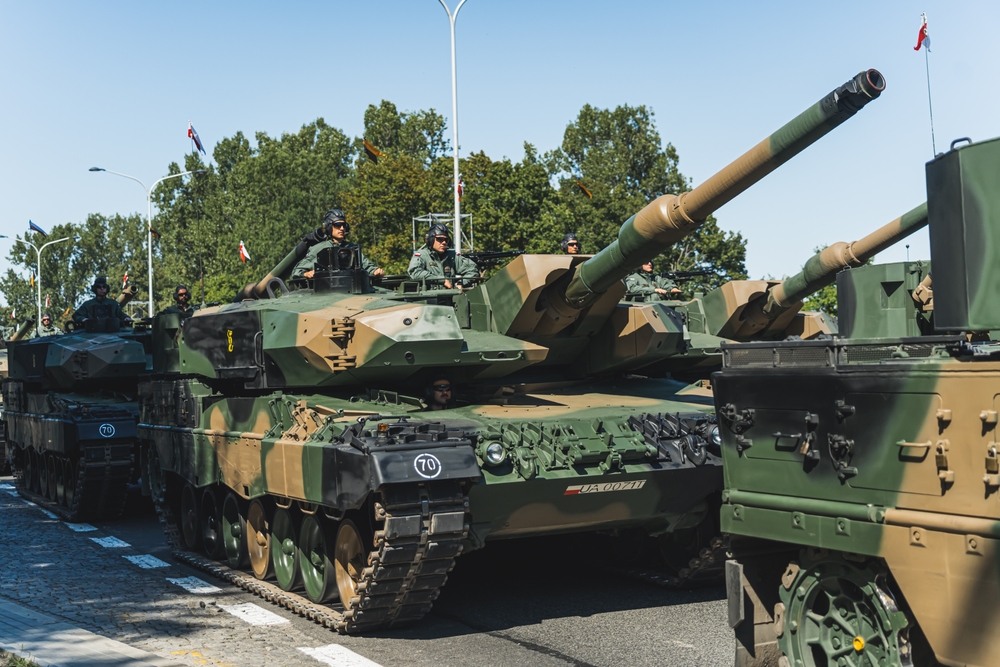
Modern tanks are armed with advanced targeting systems and high-caliber guns capable of precise, long-range engagements. The use of computer-assisted aiming, laser rangefinders, and stabilizers allows tanks to accurately hit targets while on the move. The Rheinmetall 120mm smoothbore gun, used by the Leopard 2, exemplifies this precision, delivering powerful shots with remarkable accuracy.
Enhanced Situational Awareness

Advanced sensors and communication systems provide modern tank crews with real-time battlefield information. Systems like the Trophy Active Protection System (APS) and integrated battle management systems allow for better decision-making and coordination with other units. This situational awareness is crucial for identifying threats, navigating complex environments, and executing strategic maneuvers.
Modular Upgrades

Modern tanks are designed with modular components, enabling easy upgrades with new technology. This design philosophy extends the operational lifespan of tanks by allowing for the integration of the latest advancements in armor, weapons, and electronics without requiring a complete overhaul. Tanks like the British Challenger 2 benefit from such modularity, remaining effective through successive technological updates.
Night Vision Capabilities

Equipped with thermal and infrared imaging systems, modern tanks can operate effectively at night or in low-visibility conditions. These systems, such as the FLIR (Forward-Looking Infrared) used in the M1 Abrams, allow crews to detect heat signatures from vehicles and personnel, providing a significant tactical advantage during nocturnal operations.
Versatile Ammunition Types

Modern tanks can fire a variety of ammunition types, including armor-piercing, high-explosive, and anti-tank guided missiles. This versatility allows tanks to adapt to different combat scenarios, effectively engaging both armored and soft targets. The ability to switch between ammunition types, such as the M829A4 APFSDS (Armor-Piercing Fin-Stabilized Discarding Sabot) and the M830A1 HEAT (High-Explosive Anti-Tank), enhances their operational flexibility.
Robust Defensive Systems

Many modern tanks are equipped with active protection systems (APS) that detect and neutralize incoming threats. These systems, like the Israeli Trophy APS, use radar to track incoming projectiles and deploy countermeasures, such as explosive charges, to intercept and destroy them before they hit the tank. This adds a crucial layer of defense against anti-tank missiles and RPGs.
Advanced Communication Systems
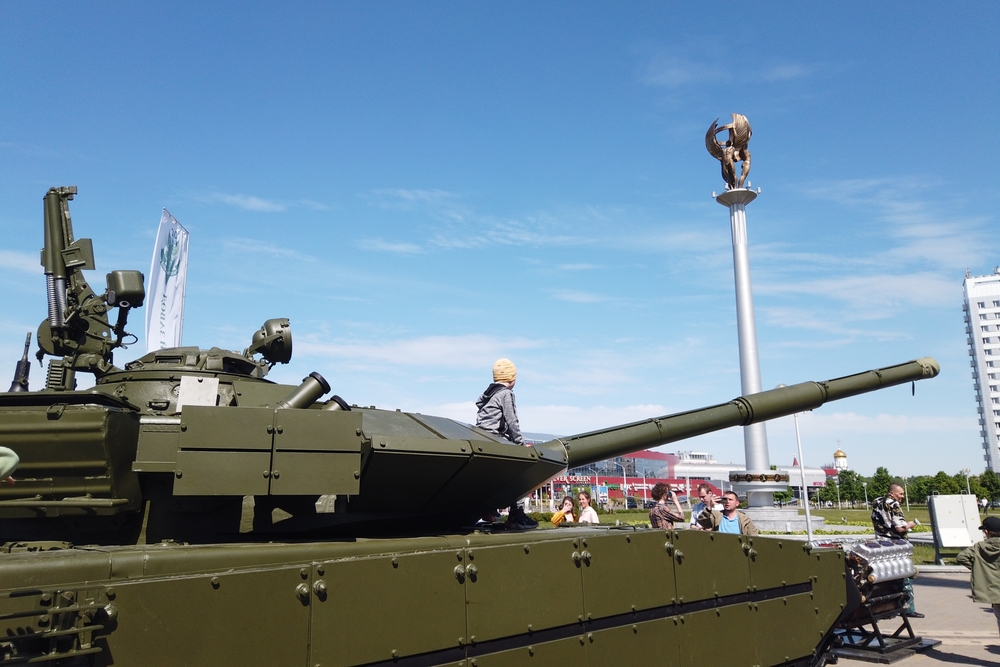
Modern tanks have secure, high-bandwidth communication systems for better coordination with other units and command centers. These systems facilitate real-time data sharing, enhancing operational efficiency and situational awareness. Examples include the Harris AN/PRC-117G radio, which provides robust, secure communication capabilities for seamless integration into networked battle environments.
Improved Crew Safety

The ergonomic design and advanced life support systems in modern tanks enhance crew survivability and comfort. Features like blast-absorbing seats, improved ventilation systems, and NBC (nuclear, biological, chemical) protection ensure that crews can operate effectively in extreme conditions and survive hits that would have been fatal in older tanks.
High Cost

Modern tanks are extremely expensive to produce, maintain, and upgrade. The development and acquisition costs, such as the estimated $8.92 million per M1 Abrams, place a significant financial burden on military budgets, limiting the number of tanks that can be fielded and maintained.
Vulnerability to Air Attacks

Despite advanced armor, modern tanks can be vulnerable to precision air strikes and drones. Anti-tank guided missiles and smart munitions from aircraft can target tanks with high accuracy, exploiting weaknesses in armor coverage and hitting them from above, where they are less protected.
Heavy Weight

The weight of modern tanks can limit their deployment and mobility in certain environments. Tanks like the M1 Abrams, which weigh around 70 tons, can struggle to cross certain bridges, navigate narrow roads, or operate in soft terrain, restricting their operational flexibility.
Complex Maintenance

The advanced technology in modern tanks requires specialized knowledge and tools for maintenance and repairs. This complexity can lead to longer downtime and higher maintenance costs, as seen with the sophisticated systems in the M1 Abrams and Leopard 2.
Fuel Dependency

High fuel consumption limits the operational range of modern tanks without resupply, making logistics challenging. Tanks like the M1 Abrams consume large amounts of fuel, requiring a robust supply chain to ensure continuous operation, which can be a logistical burden in extended campaigns.
Urban Vulnerability
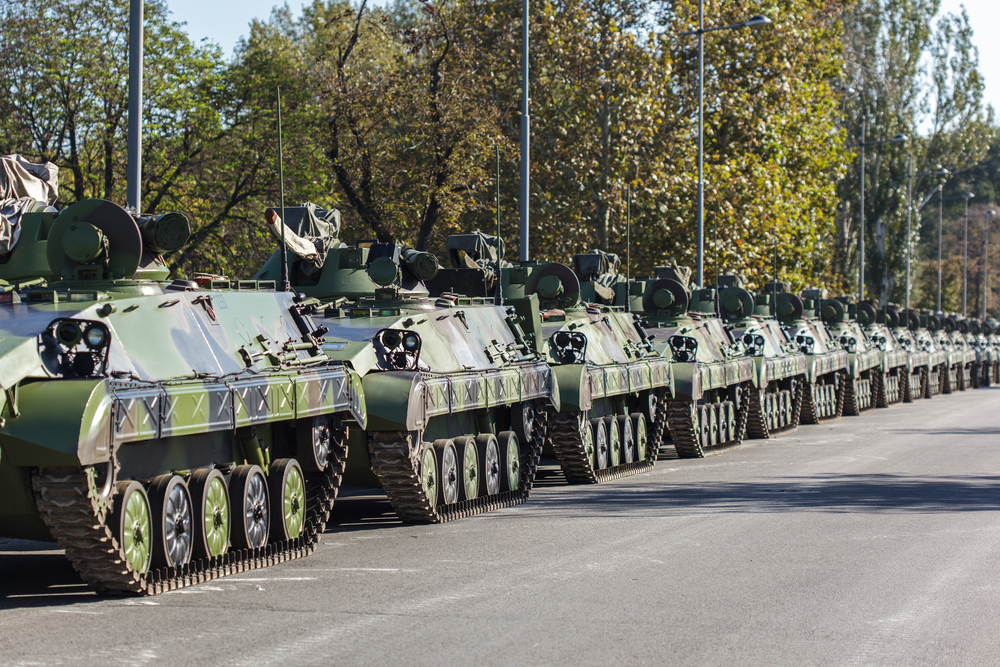
Tanks can be less effective and more vulnerable in urban environments due to restricted movement and ambush risks. The confined spaces, numerous hiding spots for enemies, and obstacles like buildings and rubble make urban operations particularly hazardous for tanks.
Limited Ammunition Capacity
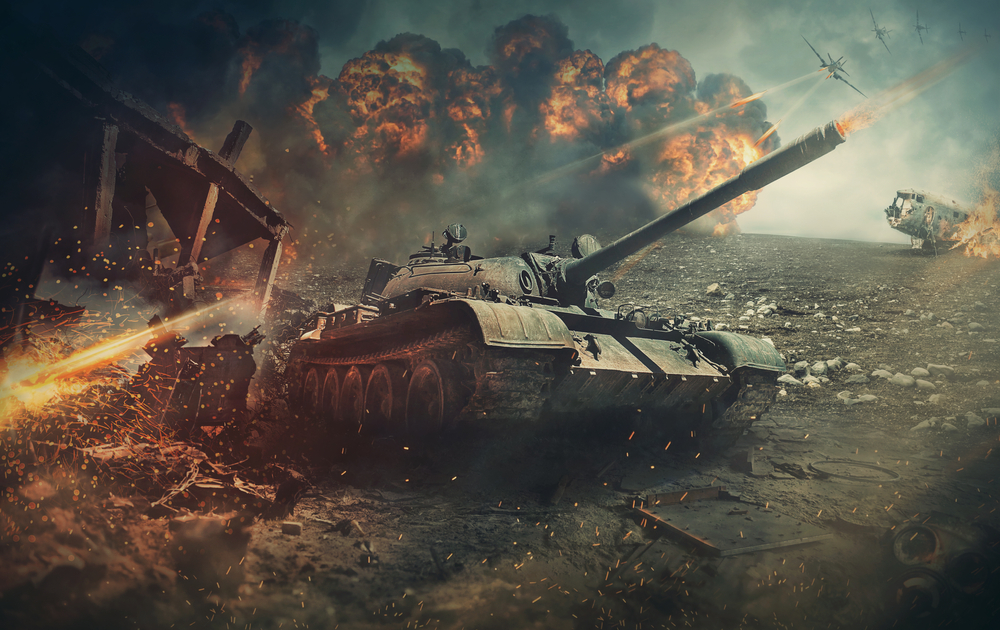
Despite the versatility of their ammunition, modern tanks have a limited capacity to carry different types. The need to balance various rounds, such as APFSDS and HEAT, with limited storage space can constrain a tank’s ability to respond to diverse threats without resupply.
Crew Fatigue
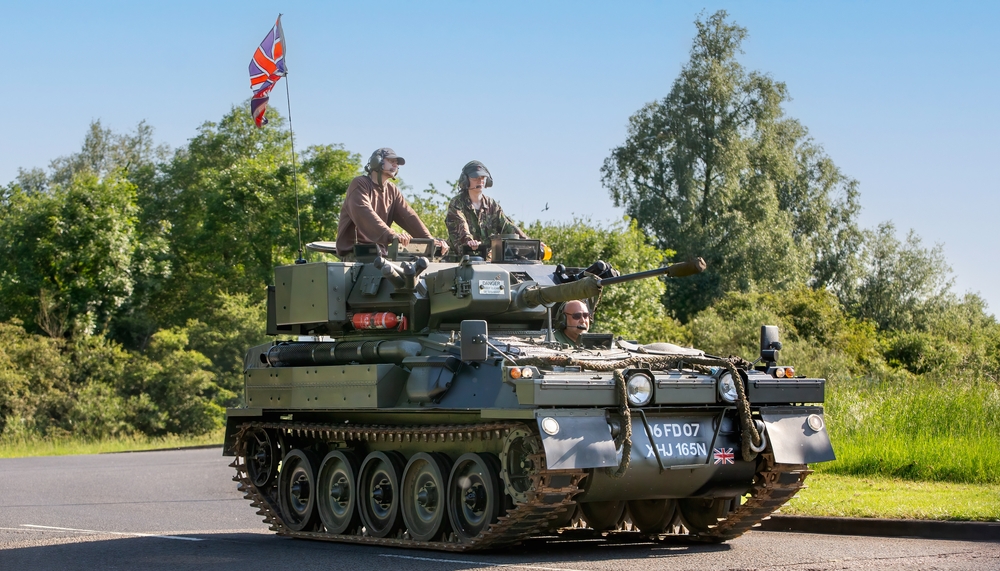
Prolonged operations can lead to crew fatigue, affecting performance. The confined spaces, constant vigilance required, and physical demands of operating a tank can wear down crews over time, impacting their effectiveness and decision-making abilities.
Electronic Warfare Vulnerabilities

Modern tanks are susceptible to jamming and other electronic warfare tactics. Advanced electronic systems, including communication and targeting, can be disrupted by enemy electronic warfare, compromising a tank’s operational capabilities and situational awareness.
Infrared Signature
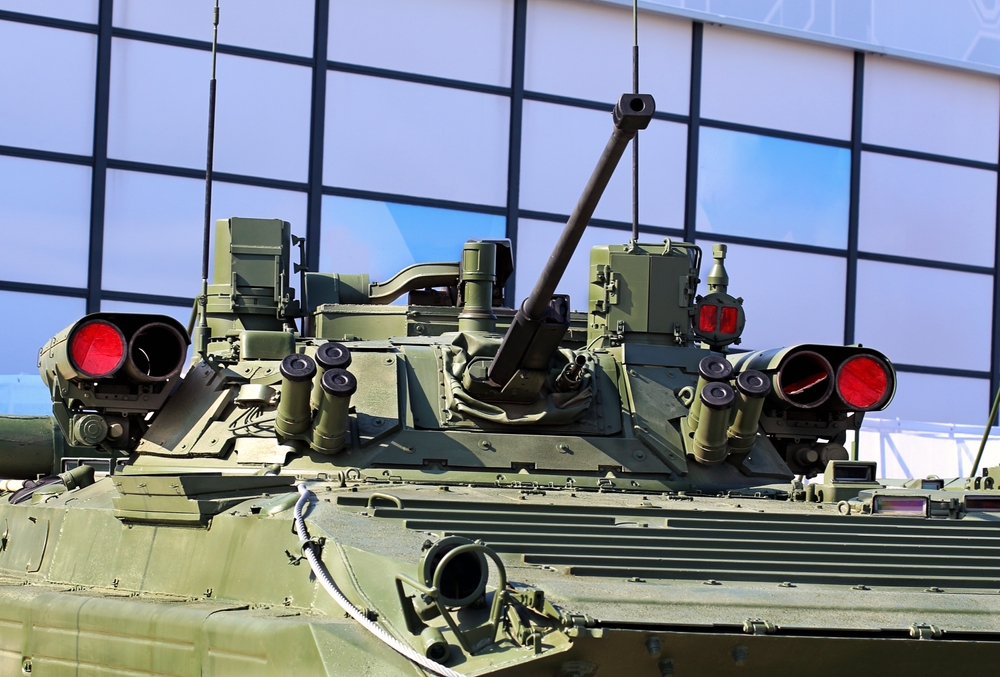
The high thermal emissions of modern tanks make them easy targets for infrared-guided weapons. Heat generated by engines and electronic systems can be detected by enemy sensors, increasing the risk of being targeted by infrared-guided missiles and surveillance.
This article originally appeared in MyCarMakesNoise.
More from MyCarMakesNoise
17 Historic Tractors That Transformed Agricultural Practices

Tractors have been at the heart of farming for over a century, revolutionizing how we cultivate and harvest crops. Over the years, certain models have stood out for their innovation, durability, and impact on agricultural practices. Read More.
10 Fascinating Facts About High-Speed Bullet Trains

High-speed bullet trains have transformed the way we think about travel, offering an efficient, comfortable, and sustainable alternative to traditional transportation methods. Read More.
20 Best-Looking Classic Trucks with Enduring Style

Classic trucks are not only known for their rugged performance but also for their timeless designs that continue to captivate enthusiasts. These trucks have an enduring style that reflects both functionality and aesthetic appeal. Read More.














